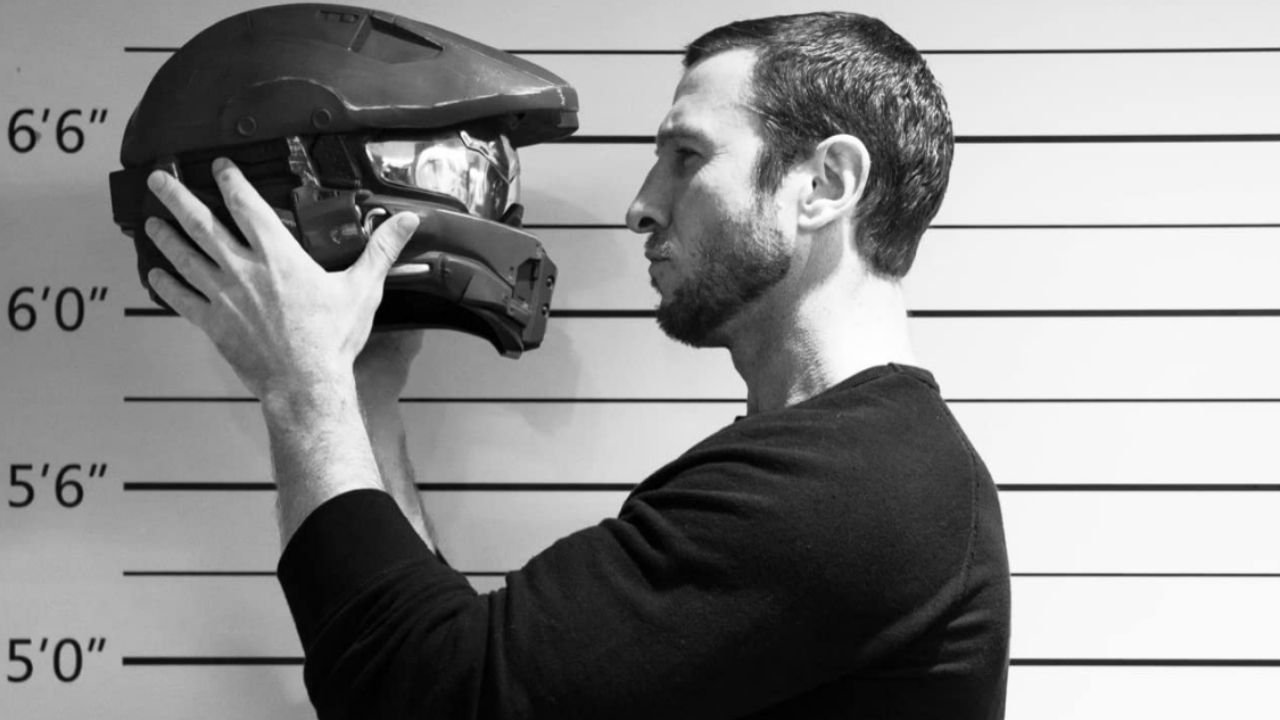'HALO' Interview: Star Pablo Schreiber and Executive Producer Kiki Wolfkill on the Long Road of Adapting the Beloved Game Franchise for Paramount+
The show was a long time in the making, but it seems like everything finally fell into place for Master Chief and the Spartans to stream to your television.
Show business is not always easy. Ok, often it is high paying, fun and glamourous, but it certainly takes patience. James Cameron’s Avatar took over a decade to finally be filmed, and it seems his sequels are trying to double that record. The Simpsons film was greenlit ten years before it was finally made as well, and while some might say it was too little too late for the franchise, you also have to admit, the studio never gave up.
The creative team behind the massively popular HALO video game franchise knew that they had a real opportunity to break out of the games and produce a film or series, but the timing never seemed right for several reasons, not the least of which was the recent pandemic. Kiki Wolfkill, who has been a part of the franchise since 2008 sat down with star of the show, Master Chief himself, Pablo Schreiber to discuss how this epic sci fi series finally got off the ground.
Wolfkill explains that the series has also coincidentally taken a decade to get to this point. “After shipping Halo 4 in 2012 is really when when we started thinking about it and the seeds of that were really about this sort of Chief and Cortana story. Even getting a little bit inside of Chief's head in terms of his sense of duty and where his allegiances lay. That really sparked the idea of being able to tell a focused character-driven story around the Master Chief and really figuring out how he would have the opportunity to develop [the] character”. After the initial plan sparked by Halo 4, things started to fall into place for Wolfkill and her team. “It became clear you know between a feature and a television series that having eight to ten hours was critical [to tell the story], and after that in 2013 was able to partner with Steven Spielberg and Amblin Entertainment and that really gave us the foundation to to sort of go on this long but gratifying journey to get here to today.”
That long journey included Spielberg shifting from producer and a 2015 expected release to a slew of delays, change in personnel, (Including Rise of the Planet of the Apes director Rupert Wyatt coming and going) and the show being moved from Showtime to Paramount+. But as mentioned, all good things come to those who wait, and the two promise the show is something even the most diehard fan can get behind.
“There’s a sort of blank slate quality that the Chief has always had where everybody puts themselves on to him because they can’t see what he’s doing. It’s a gift in a way because of the amount of stuff that people bring to him”
Schreiber, even though not necessarily a gamer, prepared thoroughly and knows exactly how rich the lore of HALO is. “The biggest influence was the HALO lore and the halo mythology because there's enough of it to keep you busy for many many many lifetimes.” Schreiber explained. I was to take a deep dive into the mythology and lore aided first of all by 343 studios in Seattle. They took me in and and gave me a bootcamp [and for] that, I was very appreciative.”
The character actor, known for roles such as ‘Pornstache’ in Orange is the New Black or the leviathan of leprechauns, Mad Sweeney in American Gods, is also presented with a couple massive challenges when playing the Chief. One, this is an iconic anti-hero beloved by millions of fans worldwide, so it comes with a lot of responsibility. The second challenge might actually be a bigger one of Schreiber however, as Master Chief notoriously is almost never seen without his helmet on. That stoic mystery isn’t something Schreiber has had to deal with when it comes to most of his outrageous well-known characters. Characters who have such evocative styles, that it’s perhaps become ingrained in Schreiber’s acting process.
Schreiber explains however, how much he really enjoyed the (literally) reflective qualities of Master Chief, and feels he has a solid grasp on what made the character such a fan favorite. “I really am interested in it this idea that once you cover up your face and and people don't have access to your facial expressions, they bring a lot of their own feelings and emotions to the table in a way in a much stronger way than they would when they can read into what you're feeling. There's a sort of blank slate quality that the Chief has always had where everybody puts themselves on to him because they can't see what he's doing. It's a gift in a way because of the amount of stuff that people bring to him”.



